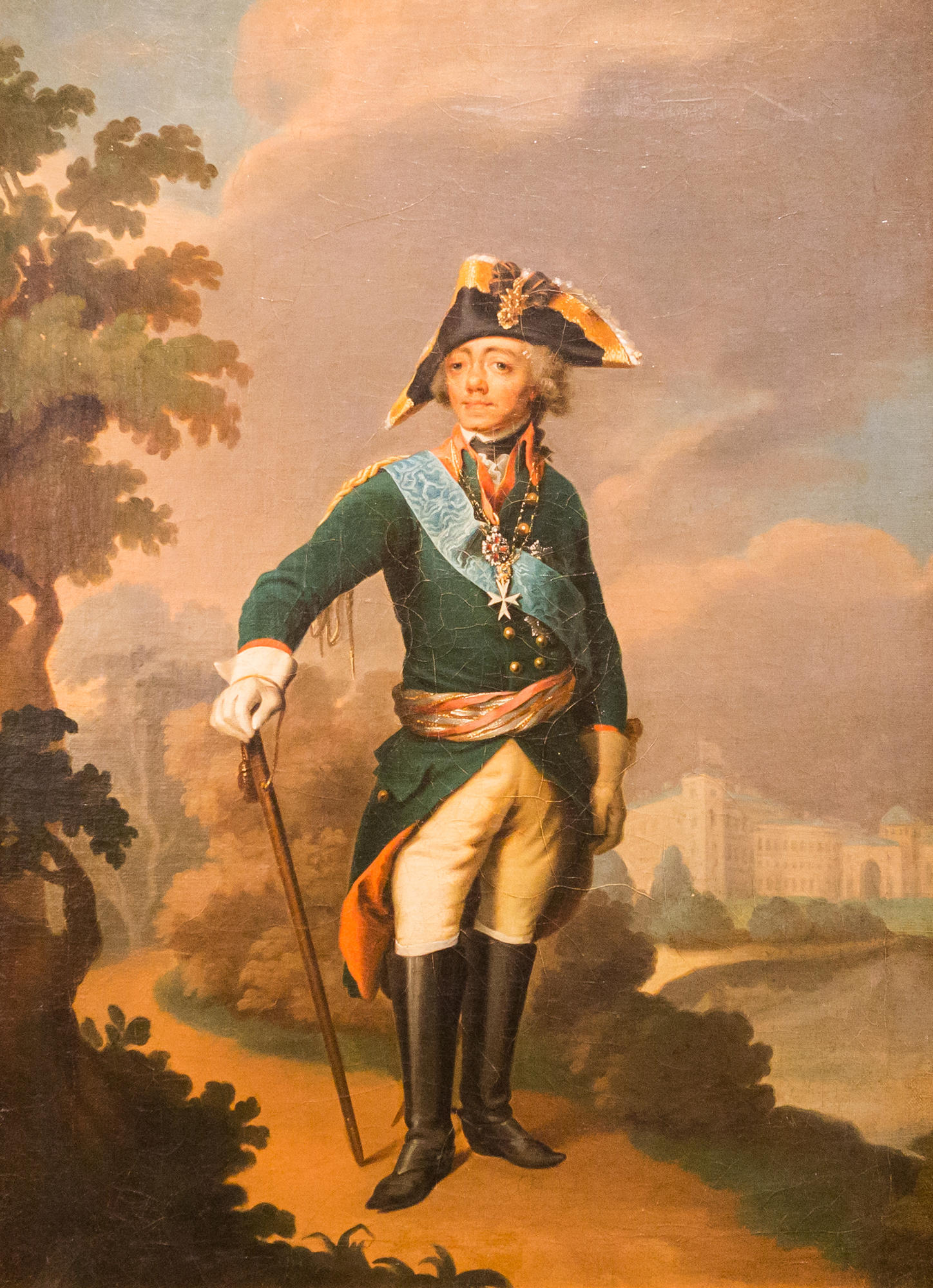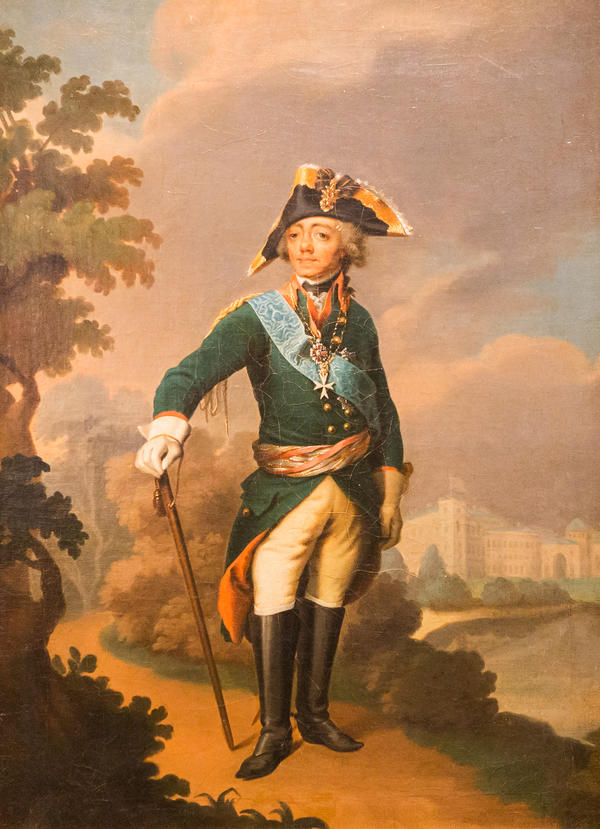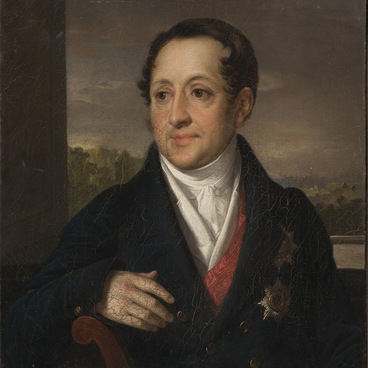‘The Portrait of Emperor Paul I “ was painted by an unknown artist in late 1790s. As a prototype the author used the painting, which Stepan Schukin created after the monarch’s accession to the throne. Royal persons seldom sat for their portraits. Most frequently the artists copied works of those who had been lucky to paint portraits from nature. By the way, Schukin also painted Paul in absentia.
Portrait of Emperor Paul I
Creation period
Late 1790s
Dimensions
57x40 cm
Technique
Canvas, Oils
Collection
8
Open in app#1
Unknown artist
Portrait of Emperor Paul I
#2
#3
Stepan Schukin, Portait of Emperor Paul I, 1797. Tretiakov Gallery.
img via: wikipedia.org
img via: wikipedia.org
The Academy of Arts commissioned the portrait of Paul I to Stepan Schukin in 1797. After the coronation offices needed the image of the new emperor. The painter produced two sketches very soon. He made the first one in traditions of classical gala portraits of regal persons – on it Paul was depicted on horseback. On the other sketch the emperor was painted full-length, with a hat on and a stick in his hand, and just that version was approved by the monarch.
#4
This non-canonical gala portrait differs from others because never before has anyone painted regal persons in such a way. Schukin depicted the emperor in the uniform of Preobrazhensky Regiment with a blue ribbon of St.Andrew’s order against the smooth vacant grey-and-green background. He did not present the monarch in a gold embroidered gala uniform, in an ermine mantle, with many attributes of power as it had been accepted before.
#6
Paul I was pleased with his depiction. For this job Schukin was awarded the rank of academician. The sovereign decorated the artist with the order of St. Vladimir of the 4-th degree and rewarded him with the enormous at that time sum of money – six thousand roubles.
This Schukin’s portrait was used as a model many times both by the master himself and his colleagues. It was just this iconography that was adopted by the unknown author when depicting Paul I on the portrait now kept in the New Jerusalem museum.
#8
However, the painter did not just copied the original, but introduced some changes. Thus, the figure of the emperor is depicted more stocky then on Schukin’s painting. It made the canvas even less typical compared to the gala portraits of that epoch, on which the model was painted embellished, without blatant drawbacks. The figure of the emperor is surrounded by the symbolic landscape. This deprived the portrait of laconism that was present in Schukin’s work.
#9
New Jerusalem Museum
read morehide
00:00
00:00
1x
Portrait of Emperor Paul I
Creation period
Late 1790s
Dimensions
57x40 cm
Technique
Canvas, Oils
Collection
8
Open in app
Share




